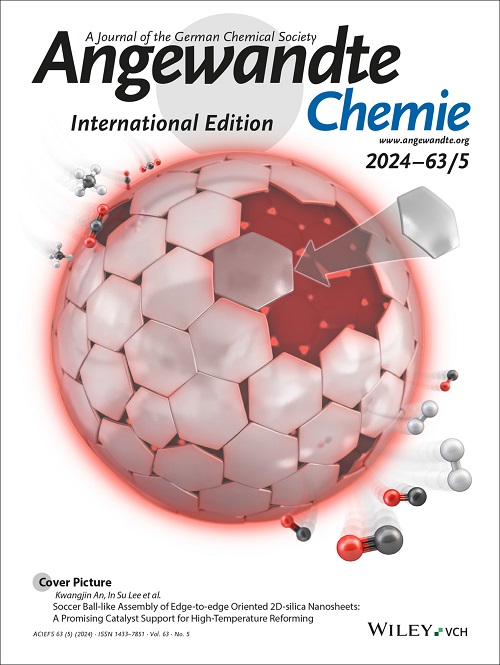Microporous Hard Carbon Support Provokes Exceptional Performance of Single Atom Electrocatalysts for Advanced Air Cathodes
IF 16.1
1区 化学
Q1 CHEMISTRY, MULTIDISCIPLINARY
引用次数: 0
Abstract
Single atom catalysts embracing metal‐nitrogen (MNx) moieties show promising performance for oxygen reduction reaction (ORR). The modification on spatially confined microenvironments, which won copious attention with respect to achieving efficient catalysts, are auspicious but yet to be inspected for MNx moieties from modulating the energetics and kinetics of ORR. Here, Fe single atoms (SAs) are immobilized in microporous hard carbon (Fe‐SAs/MPC), in which the microporous structure with crumpled graphene sheets serves confined microenvironment for catalysis. Fe‐SAs/MPC holds a remarkable half‐wave potential of 0.927 V and excellent stability for ORR. Theoretical studies unveil that hydrogen bonding between the intermediate of O* and micropore interior surfaces substantially promotes its protonation and accelerates overall ORR kinetics. Both the aqueous and quasi‐solid‐state zinc‐air batteries driven by Fe‐SAs/MPC air cathode show excellent stability with small charging/discharging voltage gaps. Importantly, when used as the air cathode for industrial chlor‐alkali process, the applied voltage of Fe‐SAs/MPC‐based flow cell to reach 300 mA cm−2 is 1.57 V, which is 210 mV smaller than Pt/C‐based one. These findings provide in‐depth insights into the confined microenvironment of MNx moieties for boosted electrochemical performance, and pave the pathways for future catalyst development satisfying the requirement of industrial applications.求助全文
约1分钟内获得全文
求助全文
来源期刊
CiteScore
26.60
自引率
6.60%
发文量
3549
审稿时长
1.5 months
期刊介绍:
Angewandte Chemie, a journal of the German Chemical Society (GDCh), maintains a leading position among scholarly journals in general chemistry with an impressive Impact Factor of 16.6 (2022 Journal Citation Reports, Clarivate, 2023). Published weekly in a reader-friendly format, it features new articles almost every day. Established in 1887, Angewandte Chemie is a prominent chemistry journal, offering a dynamic blend of Review-type articles, Highlights, Communications, and Research Articles on a weekly basis, making it unique in the field.

 求助内容:
求助内容: 应助结果提醒方式:
应助结果提醒方式:


